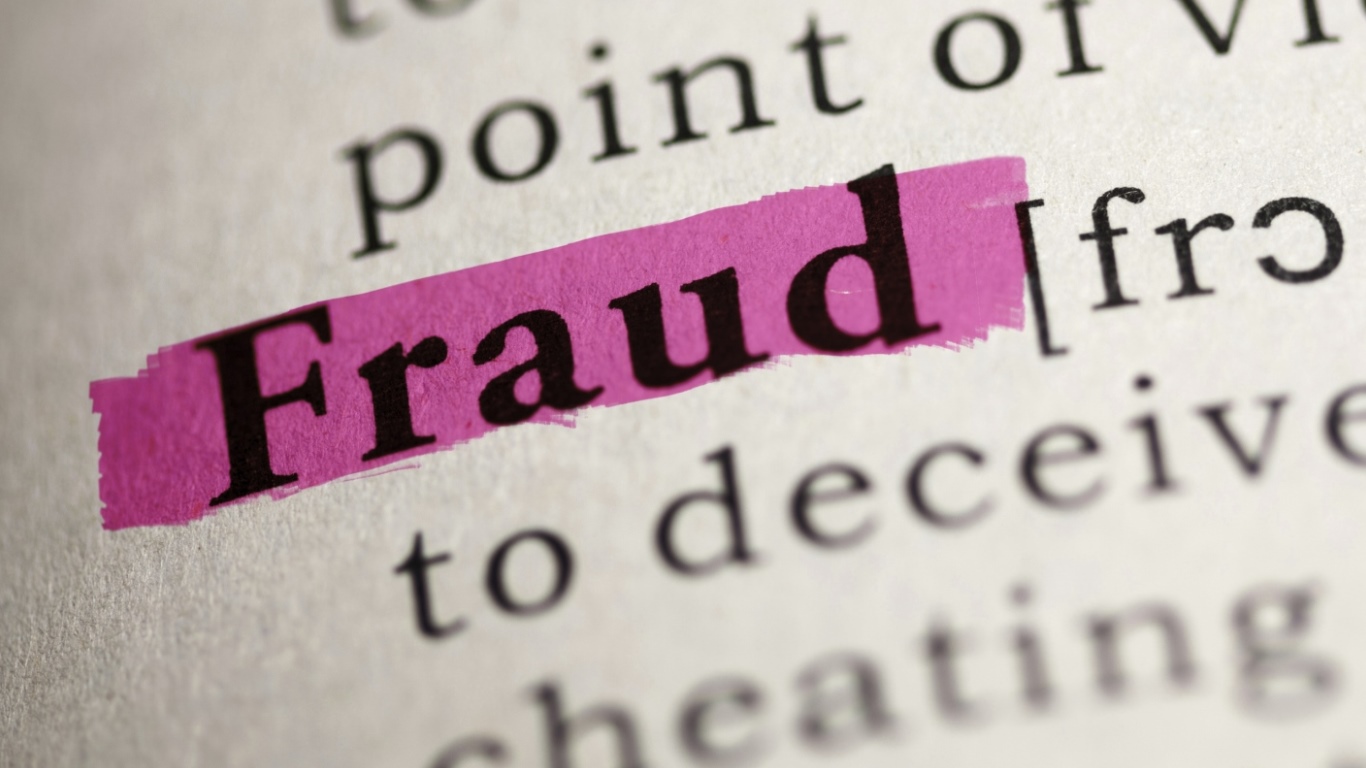Housing
Mortgage Fraud Risk Rises for Ninth Consecutive Quarter

Published:
Last Updated:

The national mortgage application fraud risk index rose from 151 to 152 quarter over quarter in the first quarter of 2019, according to researchers at CoreLogic. In the first quarter of 2018, the index reading was 144. The fraud risk index has risen in each of the last nine consecutive quarters.
CoreLogic’s mortgage fraud risk index is calculated from the aggregation of individual loan application fraud risk scores during the prior quarter. Score compilations are calculated for the 100 most populated U.S. Census Bureau Core Based Statistical Areas (CBSAs) in the United States.
In CoreLogic’s last annual review of mortgage fraud risk published last September, the fraud risk index had risen 12.4% year over year, continuing an upward trend that began in the third quarter of 2010. As of last September, CoreLogic estimates that one in every 109 mortgage applications contains indications of fraud.
Inflating qualifying income by using false employment data continues to be a problem. The analysts note that borrowers can evade detection when filing tax transcripts if they limit their length of service in their current jobs:
In our 2018 annual report, we found the percentage of borrowers with less than one year on the job has risen consistently since 2016. That trend continues, with an increase of 18% in this indicator year-over-year for purchase transactions. The typical scenario includes a large increase in income from the prior job, or a first job out of college. False college transcripts and divorce decrees also play a role.
Fraud risk rose the most in the Worcester, Massachusetts-Connecticut, metropolitan area, where the risk of fraud rose by more than 50%. Florida includes eight of the top 15 metro areas for mortgage fraud risk.
The 15 metro areas with the highest mortgage fraud risk and the quarter-over-quarter change are:
Mortgage fraud can take many forms. The basic motive behind most of the borrower-initiated fraud is an attempt to qualify for a mortgage that would otherwise be unavailable. Inflating an appraisal in an attempt to get a mortgage for more than a property is worth or claiming income or assets that a borrower does not have are just two examples.
Borrowers themselves also may be the target of scams seeking to defraud them with loan modification programs or even Ponzi schemes. Promises to rescue a borrower from a foreclosure can leave a beleaguered homeowner in even worse financial shape.
Visit the CoreLogic website for more information and for the methodology the firm uses to derive its Mortgage Fraud Index.
The average American spends $17,274 on debit cards a year, and it’s a HUGE mistake. First, debit cards don’t have the same fraud protections as credit cards. Once your money is gone, it’s gone. But more importantly you can actually get something back from this spending every time you swipe.
Issuers are handing out wild bonuses right now. With some you can earn up to 5% back on every purchase. That’s like getting a 5% discount on everything you buy!
Our top pick is kind of hard to imagine. Not only does it pay up to 5% back, it also includes a $200 cash back reward in the first six months, a 0% intro APR, and…. $0 annual fee. It’s quite literally free money for any one that uses a card regularly. Click here to learn more!
Flywheel Publishing has partnered with CardRatings to provide coverage of credit card products. Flywheel Publishing and CardRatings may receive a commission from card issuers.
Thank you for reading! Have some feedback for us?
Contact the 24/7 Wall St. editorial team.